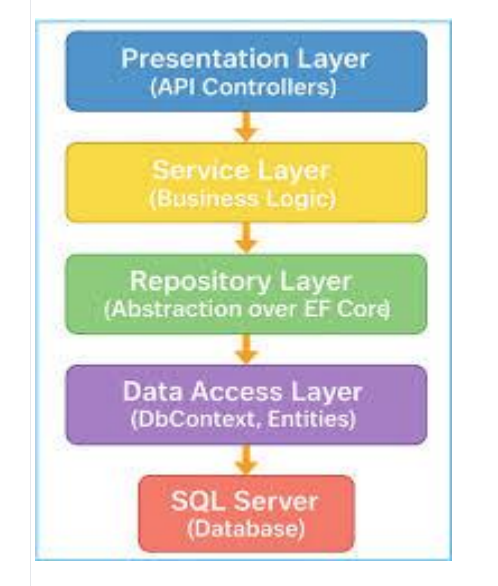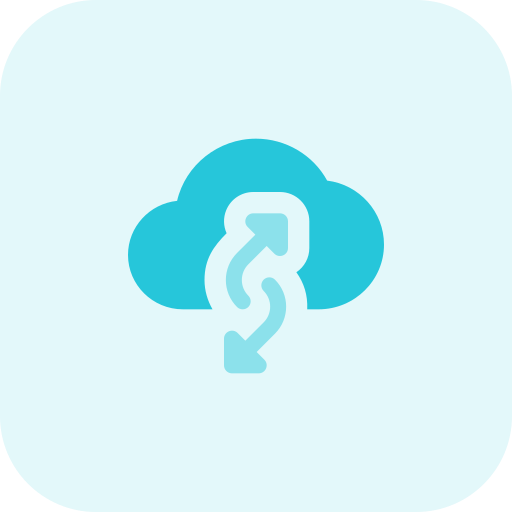Introduction
Telemedicine apps enable remote healthcare services through digital communication
technologies, allowing patients to consult doctors, schedule appointments, and access medical
records without physical visits. This improves healthcare accessibility, reduces costs, and
enhances patient convenience.
Core Features of a Telemedicine Application
- User Registration & Profiles: For patients and healthcare providers.
- Appointment Scheduling: Booking, rescheduling, and reminders.
- Chat & Messaging: For follow-ups and quick queries.
- Electronic Health Records (EHR) Integration: Access and update patient medical history.
- Payment Gateway: For consultations and services.
- Notifications: Appointment reminders, prescription refills.
- Admin Dashboard: Manage users, monitor app performance, compliance.
Architecture Overview
The telemedicine app architecture can be divided into several layers and components:
High-Level Architecture Components
- Clients: Mobile apps (iOS, Android), Web portal for patients and doctors.
- APIs & Business Logic: Appointment management, user authentication, payment
processing. - Data Storage: Cloud databases for user data, EHR, session data.
Multi-Layered Software Architecture
- User Interface Layer: Patient and doctor apps, web interfaces.
- Domain Layer: Core business logic such as appointment handling, consultation
workflows. - Service Layer: API gateways, network management, third-party integrations.
- Foundation Layer: Cloud infrastructure, database, caching services.
Architecture Diagrams

Component Interaction Diagram
- Patient app requests appointment → Backend schedules and stores in DB.
- Admin and Doctor receives notification
- Chat messages and EHR data exchanged securely.
- Payment processed via integrated gateway (M-Pesa).
Technology Stack Recommendations
- Frontend: React Native.
- Backend: C# for scalable business logic.
- Communication APIs: WhatsApp
- Database: MSSQL, AWS RDS for fsecure storage.
- Cloud Infrastructure: AWS.
- Security: OAuth 2.0, JWT for authentication; end-to-end encryption for communication.










